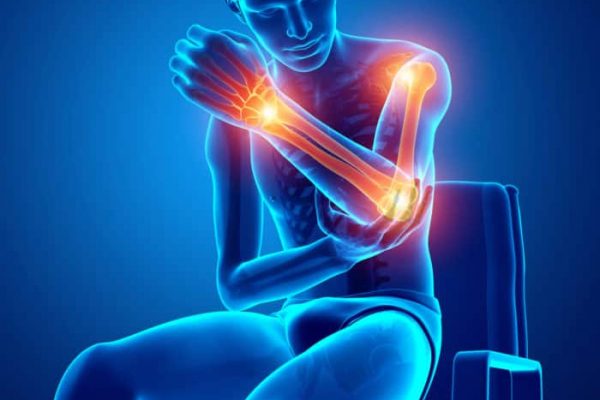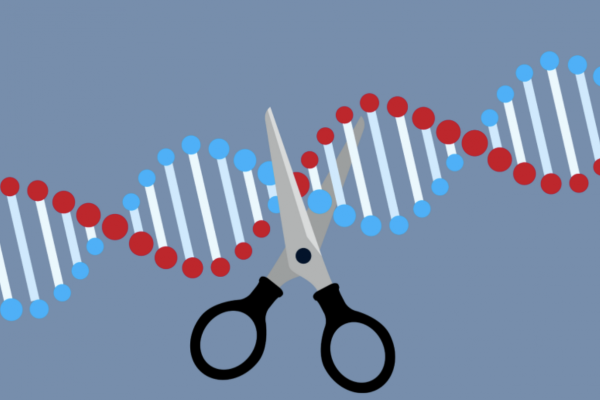by: Jianne Jung
19,500,000 animals die every year from animal experiments for various purposes, including effectiveness test for medicines, safety tests for cosmetics, and toxicity testing of commercial chemicals. One of the most significant purposes of animal testing is preclinical drug analysis. All over-the-counter pills, like Advil and Tylenol, were proven to be safe based on a number of preclinical trials on animals. Although animals share some common physiological characteristics with humans, they are not 100% identical to the human body. So, how can the preclinical drug assessment be done more effectively? The Clark Lab at UC Berkeley has done research on modeling a chip-based microarray platform to perform a better toxicity screening of different chemical compounds on neural progenitor cells (NPC). As this platform can screen for over 500 different sets of living conditions for cells, it is a powerfully high-content, high-output screening method that demonstrates the potential of the chip-based cell screening as a promising preclinical drug characterization method.
Because of the inefficiency of in vivo preclinical drug testing using animals, there have been approaches to develop a progenitor/stem cell screening model. One of the commonly used cell screening models includes culturing matrigel-encapsulated stem cells on a culture plate called “six-well plate.” As the name suggests, it is a plate with six wells in which cells or tissues can be cultured. A disadvantage of using this plate for cell culture is that it only provides 2D environment for cells; when stem cells encapsulated by gel are put into the well, they stick to the bottom of the plate. A past study on stem cell culture by Barcelos-Hoff et al. concluded that 3D culturing is more similar to in vivo environment than 2D culture models, which may create significant differences from in vivo studies when used. The 3D microarray chip platform developed by the Clark Lab includes two chips: a pillar chip and a well chip. A well chip has microwells where different media can be loaded. A pillar chip has matrigel-encapsulated stem/progenitor cells, NPC in this particular study, on each pillar. The pillar chip is then “stamped” to the well chip so that cell colonies are immersed into cell media. This platform allows 3D screening of stem cells which is a promising alternative to 2D cell culture plate and animal experiments.
To prove that this platform can be implemented to toxicity screening, two steps were taken. The first step was a viability assay to prove that cells can actually be cultured using the platform inside the matrigel. The second step was to screen the NPCs cultured in various toxins to check the effects of each toxin on proliferation and differentiation rates of the NPCs. For on-chip viability assay, fluorescent live-cell dye was used to stain calcein, which gave a visual representation of live cells after being submerged in diverse media. Calcein fluorescence intensity increased over the time period from the day of culture. From this observation, it became clear that the NPCs proliferated as time passed from the moment they were cultured. Moreover, the fact that the NPCs were proliferating was a good indicator that the 3D microarray platform is, in fact, suitable for stem cell culture.
The next step was to utilize the 3D microarray platform for the purpose of toxicity screening. Upon confirmation that the platform works well for stem cell culture, on-chip cytotoxicity assay was performed to test the 3D model’s ability to screen for toxicity and its potential as a future system of drug characterization. In the experiment, the Clark lab cultured a chip-based microarray to screen human NPC. Initially, NPCs were cultured, and they were either differentiated or left as multipotent state, the state of cells where they can differentiate into their directed types. Then, on-chip cytotoxicity assay using different cell culture environments was done to those two groups of NPCs to compare each medium’s differing effects on cell viability on differentiated and undifferentiated cells.
While the animal models are not completely compatible with human physiology and are often expensive, this chip-based microarray model requires a minimum amount of reagent for screening. Using less reagent and compact design of the microarray platform makes it much more efficient to carry out stem cell screening experiments in terms of cost, time, and effort. Also, the platform allows experiments specific to human cells. The human-specificity of the platform could help people to get preclinically assessed more effectively with drug candidates. Furthermore, as the platform makes the preclinical trials of medicines highly cost-efficient, consumers can ultimately hope for lower prices for expensive medicines. Samuel Lim, a PhD candidate researcher at the Clark Lab, remarked that “the research team was inspired by thalidomide, which is a drug that treated nausea during pregnancy in the past and caused lots of birth defects because of the toxic effect it has for undifferentiated cells. It’s amazing how the development of such a high-throughput and highly efficient platform was motivated by the tragic past of thalidomide.” Lim also stated that “this research can partially replace the problem of a large number of animal deaths from animal testing.” Due to the highly human-specific platform mimicking in vivo environment of human cells, the medical researchers can expect fewer errors in their preclinical trials of certain medicines when using the microarray stem cell platform than testing the medicines in vivo with animals. According to Lim, the next step for the research is to reach out for funding from stakeholders, such as corporations that can benefit using the stem cell microarray platform, to apply this platform in real medical research.






